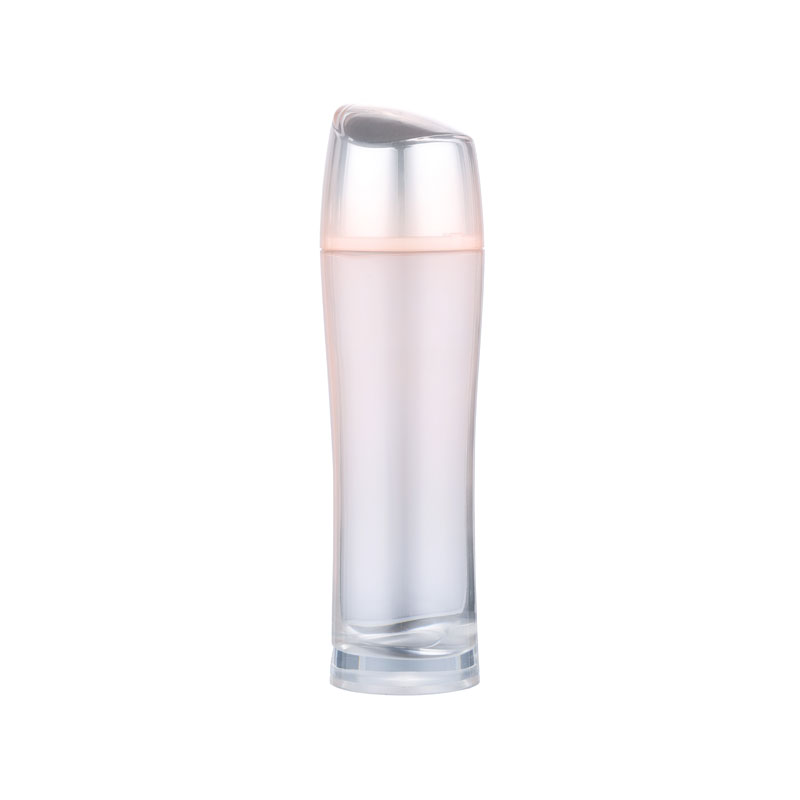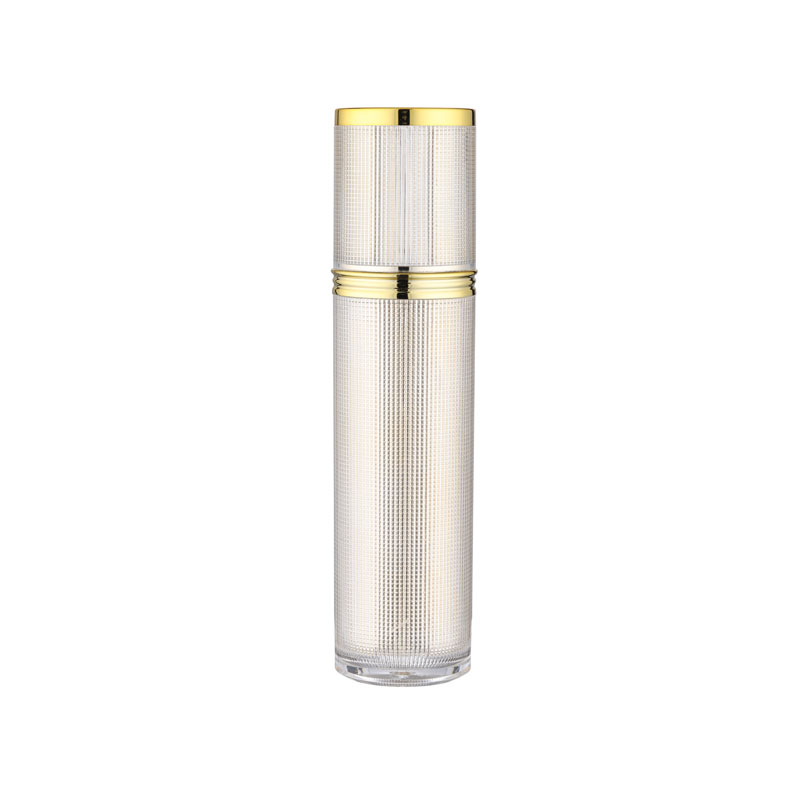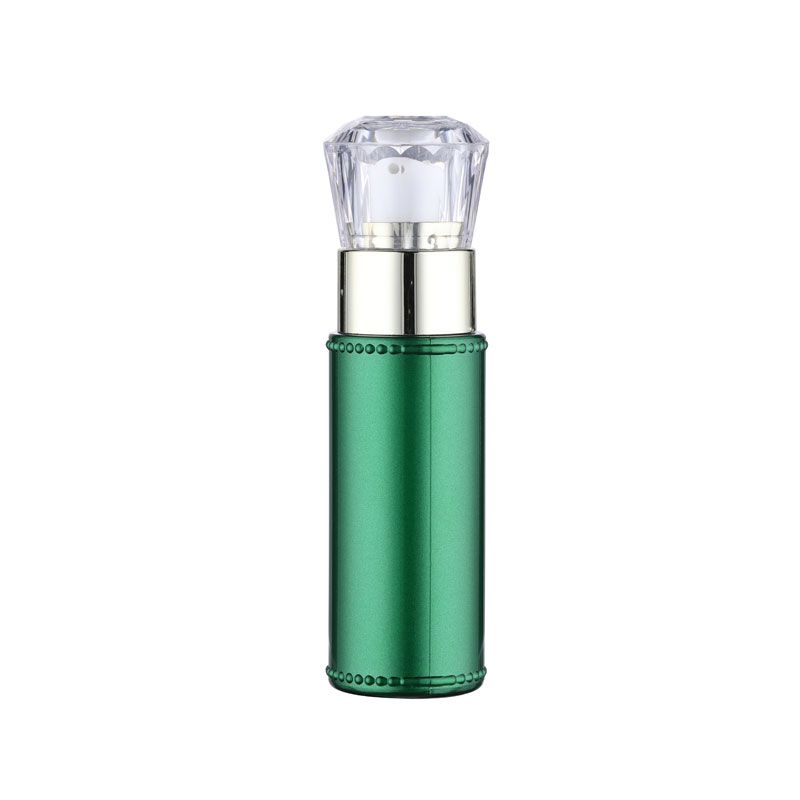What is the cleaner bottle? Well, the word cleaner first appeared in the late 18th century, thanks to the Church of England priest and diarist James Woodforde. The word comes from the combination of bottle and cleaner, which explains its use. Nowadays, bottle cleaners can be used for all types of cleaning, from scrubbing toilets to disinfecting kitchens. But what is its origin? In fact, this question has been asked by many people.
David Mayer, a Stanford graduate and triathlete, created a reusable water bottle that includes a fruit infuser. The Clean Bottle also has a Square Bottle, which won a Red Dot Design Award in 2013.
The Clean Bottle makes it easy to clean. Its flip-top lid prevents leaks and is ergonomically designed to prevent spills. The fruit-infused liquid stays fresh longer than ordinary bottles, and the bottle can be washed with a standard dishwasher. Because it is easier to clean than traditional water bottles, the Clean Bottle is safer to use. A reusable water bottle has a tendency to acquire an unpleasant odor over time.
The all-purpose spray cleaner is a great option for cleaning just about any type of surface. The strong formula powers through tough grease and leaves no smeary residue. It works on both hard and non-porous surfaces, such as porcelain, and is safe for use on most appliances. Whether you are cleaning the stove top or an entire kitchen, this product will get the job done.
You'll love the all-purpose spray cleaner's ability to deep-clean multiple surfaces, such as the kitchen cabinets, sinks, and countertops. It even works to remove grease from tire rims. Besides tackling tough grease, it is also safe for use on plastic, porcelain, and stainless steel. Even your pets will love the fresh, clean scent! And while it may not be the best-smelling cleaner, you can't beat the price!
It's made from recyclable polyethylene
You've probably seen it in milk jugs, household cleaner bottles, cereal box liners, and frozen food. This hard plastic is also often used to make heavy-duty items, including yogurt tubs and automobile parts. You might have even seen it in a shipping envelope. Thankfully, it's recyclable. Many recycling programs now accept polypropylene. And although this type of plastic is more common, recycling it is still a smart idea.
Recycling HDPE plastic is an excellent idea. The material is extremely durable and can withstand extreme temperatures. It can even be used for products like bubble wrap. The process that is used to recycle this plastic will shred and melt it, which creates a new product. HDPE can also be reused in construction materials, such as fence posts and building facades. So you can rest easy knowing that your packaging is safe to use.


 English
English 简体中文
简体中文


